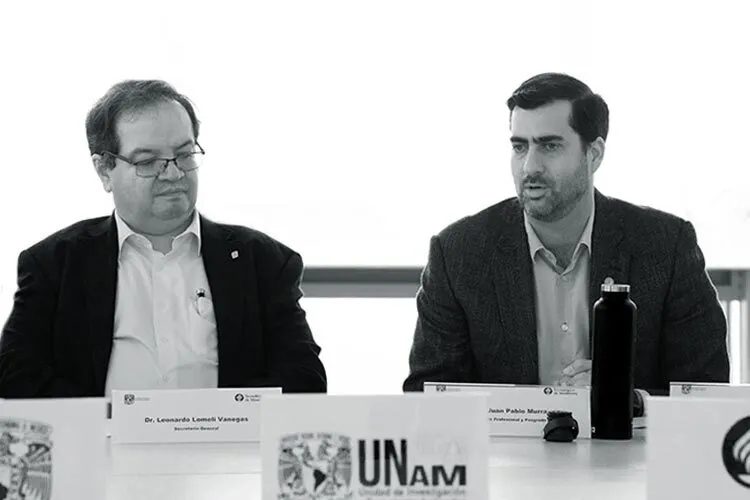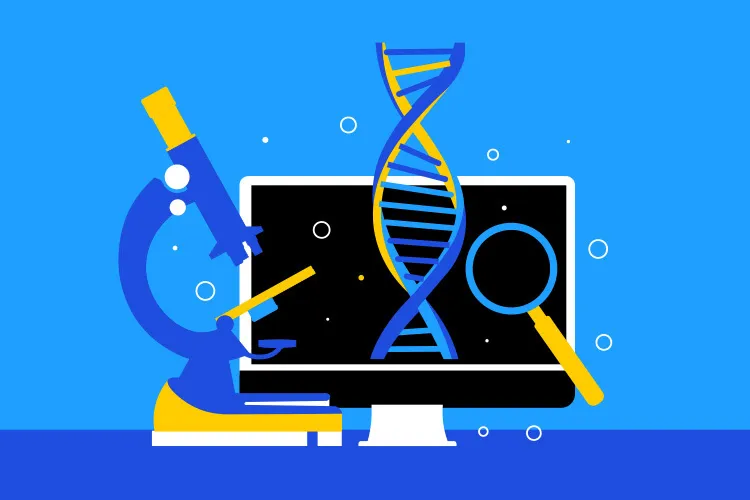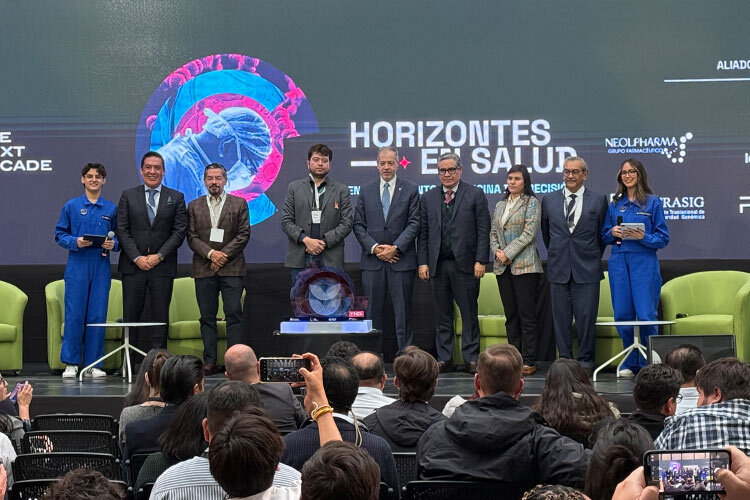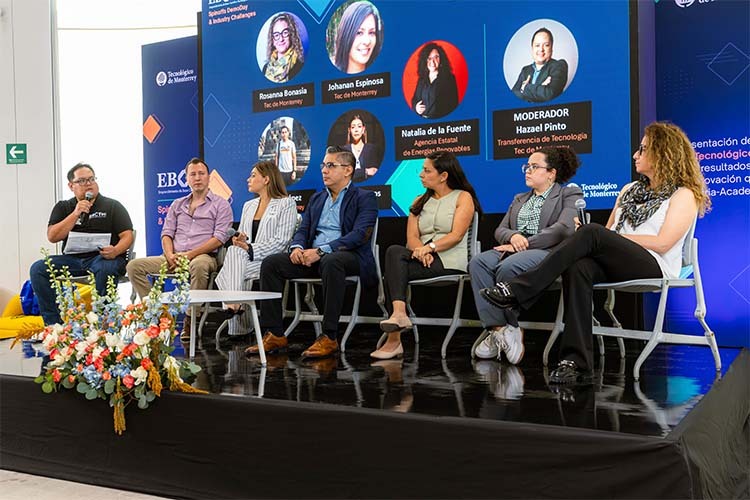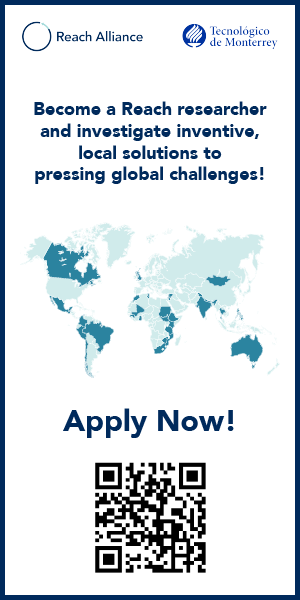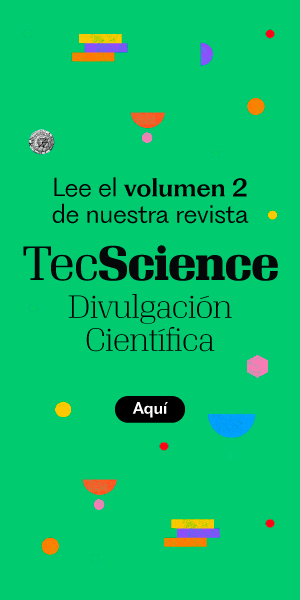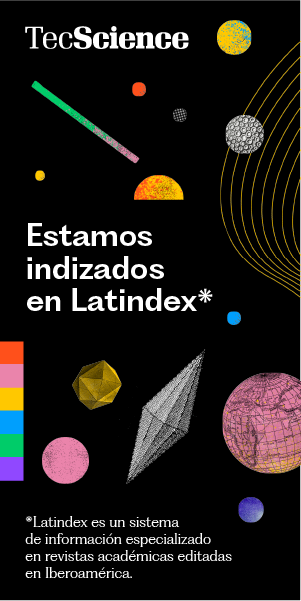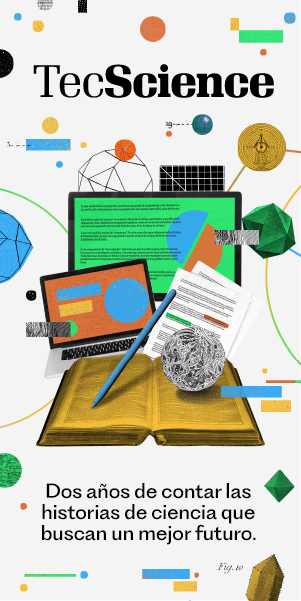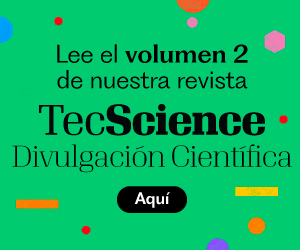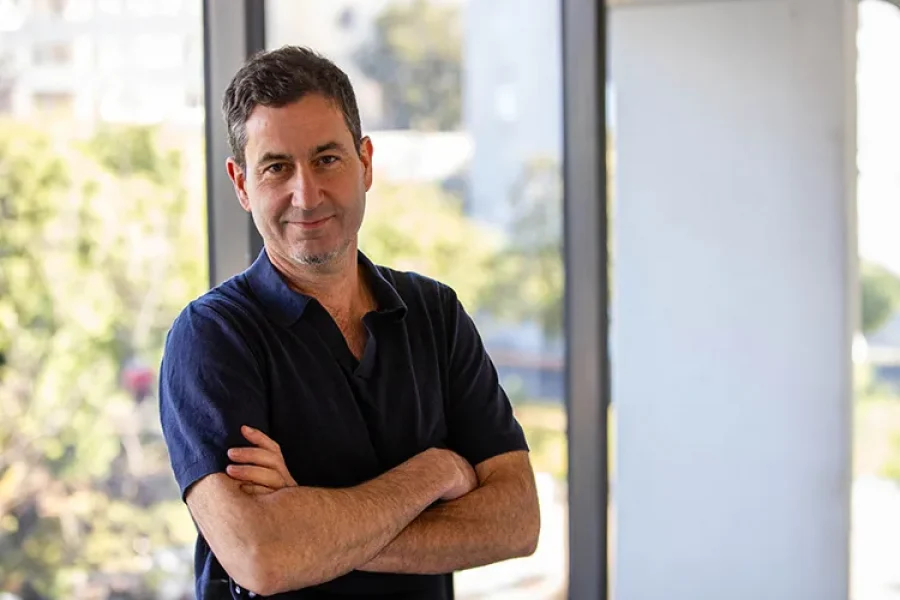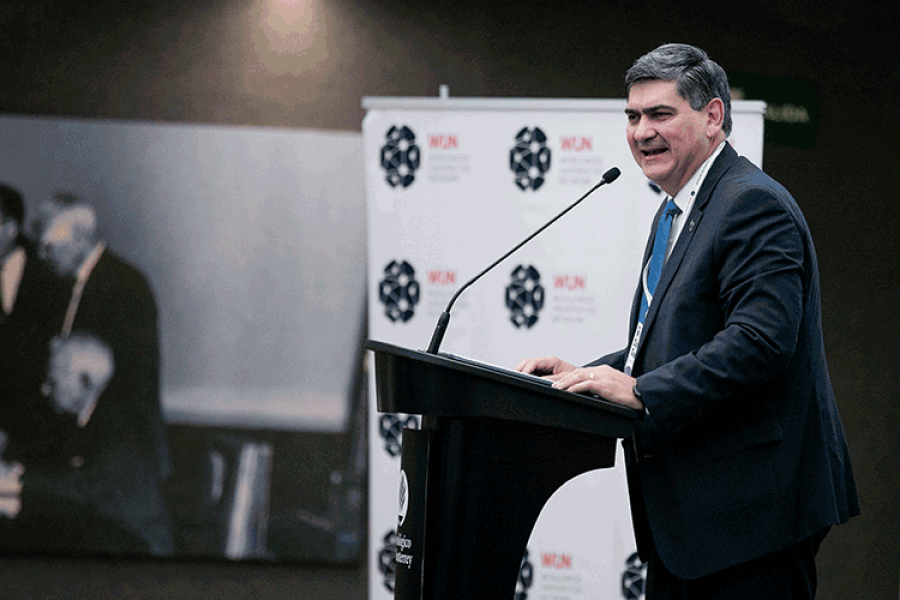Science-based tech companies like Global Nano Additives, which develops eco-friendly industrial lubricants; Forma Foods, a lab-grown meat producer; and Naddon, which uses smart nanoparticles to encapsulate medications for controlled release, are being nurtured by the Technology Transfer Office (DTT, for its name in Spanish) to help bring their innovations to market. Today, these companies are part of the scientific entrepreneurship ecosystem at Tec de Monterrey.
Joel Cano, interim director of the DTT, explains that the office aims to serve as an integrative mechanism so that the knowledge generated within the institution—by 32 research groups across six national schools, three institutes and research centers, and the core labs—can be translated into products or services that address major global challenges.
“We bring together what’s being developed at Tec and look for institutional pathways to move from protecting and developing that science to creating business opportunities based on scientific knowledge,” he says. “But we want these ventures to go beyond profitability—we want them to make a real social impact in areas like education, health, obesity, or sustainability.”
So far, the office has supported the development of 28 spin-offs—ventures that originate from scientific projects within Tec and grow into independent startups. These companies maintain a connection to the institution through licensing agreements or equity participation, in which the investment of resources translates into ownership stakes.
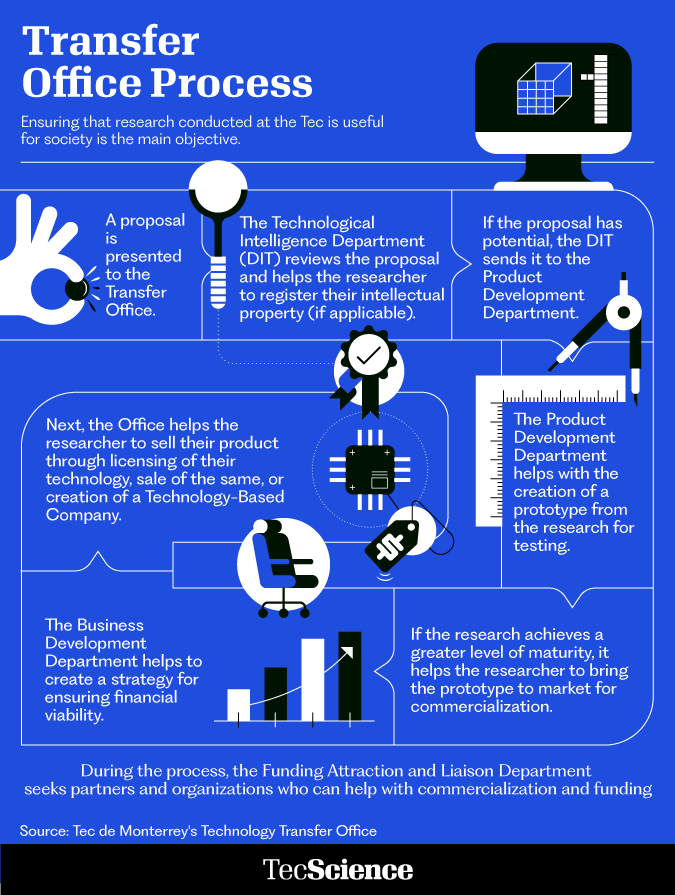
Technology Transfer Office
In 2022, the Technology Transfer Office, originally established in 2010, was restructured into a formal department within Tec de Monterrey, with new strategic functions to implement an integration model that fosters science- and technology-based entrepreneurship.
This technology transfer model includes three pathways through which Tec’s intellectual property can be transformed into real-world solutions with both social and market impact: by creating a spin-off, a new independent company based on a scientific project at Tec in which the institution’s investment is converted into equity; through direct licensing, where an external company is granted the right to use the technology in exchange for royalties or usage fees; and via co-development, in which the institution collaborates with a company to generate new technologies jointly—this may involve Tec scientists working alongside company staff, or agreements for shared intellectual property rights.
Cano explains that, on average, each spin-off produces between 2.5 and 3 licenses or licensing agreements, meaning that between 70 and 80 such agreements have been generated solely by science- and technology-based ventures.
Additionally, the model operates through close collaboration with associated departments, including Technology Intelligence, Business Development, Product Development, and Outreach. This cooperation functions as an institutional process that can be documented and replicated, and it is structured in three phases:
Technology Intelligence
In this stage, the goal is to identify which entries in the institution’s intellectual property portfolio have the highest market value, to maximize the chances of commercial success. An ongoing evaluation is being conducted to assess the value of these records, utilizing both public and private data sources, and examining how well they align with global trends, such as longevity, artificial intelligence, and food security. “We focus more on those with market potential and keep two portfolios: active and on hold.”
Currently, the portfolio is estimated to include around 686 intellectual property entries, of which more than 300 are active—that is, they have real potential for use or commercialization. In addition, the DTT (for its name in Spanish) operates an early-stage connection tool called Science Connexion, a platform featuring over 2,500 scientific and non-scientific profiles aimed at linking solutions with challenges through a system of problem statements.
Product Development
This phase involves selecting the projects with the greatest potential and supporting them through applications to internal and external funding calls, giving them access to resources that help prove their viability and take their first steps toward real-world application. With this support, teams can develop minimum viable products (MVPs) and conduct tests outside the lab. The process also focuses on raising their technical maturity, or TRL (Technology Readiness Level), and validating their business models. The support includes technical and financial advisory services from specialized firms. “We help them figure out: hey, if you built a business around this technology, how much could you actually sell?”
Venture Creation
This is the final phase of the model, where the DTT (for its name in Spanish) supports scientists in building new companies through a process that includes legal structuring, defining stakeholder participation, and signing the licensing agreement for the technology. These ventures also receive in-kind financial support—up to $250,000 in specialized services from Tec and third parties—to help them scale. This is facilitated through an internal financial tool called Ábaco, where the investment is converted into a convertible debt note that can become equity, or shares in the company, on behalf of the institution. This is managed through Tec Ventures, the unit responsible for overseeing Tec’s equity participation in the startups.
“We have two value capture mechanisms: the revenue generated from licensing and the equity stakes in the companies. We take a minority share in those ventures we invest in through Tec Ventures.”
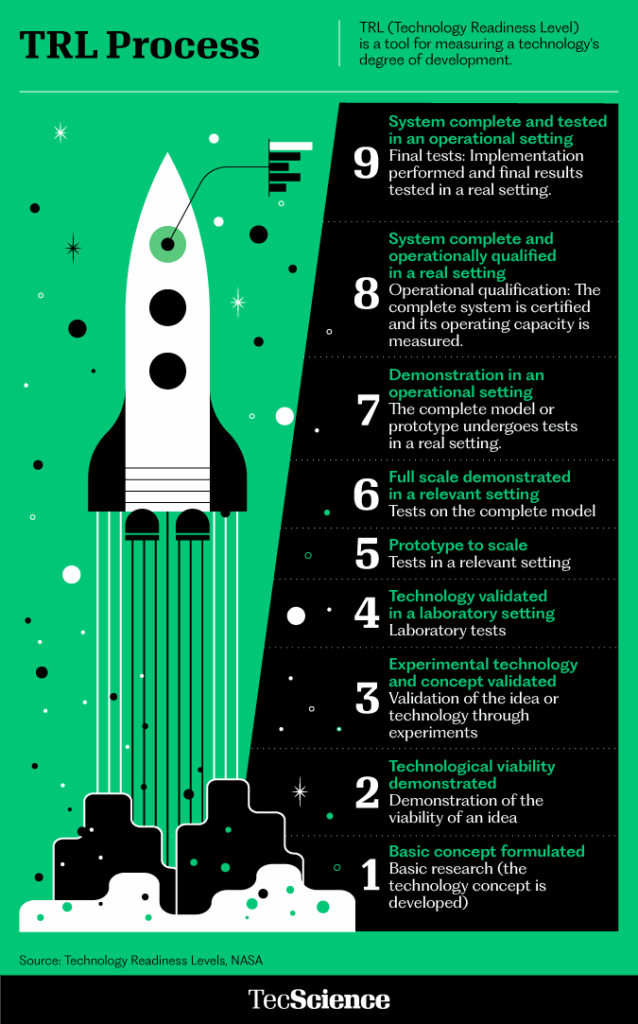
Attracting Investment Funds and Building Ties with International Ecosystems
To support the scaling of science- and technology-based startups, the Technology Transfer Office also focuses on attracting investment capital to its ecosystem.
Events like EBCTec: Spin-offs DemoDay & Industry Challenges have served as platforms for Tec’s science-driven companies to pitch their solutions to both domestic and international specialized investors. Cano notes that, to date, at least four of the institution’s spin-offs have successfully secured funding from external sources.
Another key development for Tec’s scientific entrepreneurship ecosystem has been the formalization of partnerships with venture capital funds such as Draper Associates, Dalus Capital, Sentinel Capital Partners, and GridX, among others. These collaborations have not only brought capital into the startups but also opened access to expert mentorship and global networks.
For instance, at the most recent event organized by the DTT—held in the Expedition FEMSA building—Tec signed a memorandum of understanding with Draper House Américas, an international venture capital ecosystem operating in the United States and Latin America. The agreement centers on the joint development of international readiness programs, where investors outline their technological needs and entrepreneurs work on developing solutions to meet those demands. “We’re launching an initiative we call Draper Reverse Pitching, where we get to know the funds and they tell us what they’re looking for.”
The DTT also leverages innovation districts, such as those in Monterrey and Tlalpan, as strategic physical spaces to implement its model and foster collaboration among researchers, entrepreneurs, investors, and industry players. These districts also serve as bridges connecting Tec’s entrepreneurship ecosystem to other global innovation hubs.
Coordinating Scientific Entrepreneurship Within the Tec Ecosystem
As part of its technology transfer model, the Technology Transfer Office (DTT, for its name in Spanish) also fosters internal collaboration with other key players and initiatives at Tec de Monterrey, spanning strategic innovation, academic, entrepreneurship, and industry engagement areas.
One example is its work with the Tec R&D team, an initiative focused on identifying industry needs and connecting them with the institution’s research capabilities. These connections allow Tec’s science-driven startups to present their solutions to industry partners and develop co-development or licensing projects.
The DTT also collaborates with the Eugenio Garza Lagüera Institute of Entrepreneurship during critical stages when scientific projects evolve into spin-offs, particularly in business validation and market projection. The partnership also extends to launching funding calls and organizing events that raise the profile of startups within Tec’s ecosystem, such as Demo Days and forums like The Next Decade.
Additionally, the DTT collaborates with national schools to design challenge-based initiatives tailored to their specific areas of expertise. For example, with the School of Medicine and Health Sciences, it promotes the Health Pioneers call, and with the School of Engineering and Sciences, it supports challenges related to digital technologies. Cano also highlights strong involvement with innovation communities such as those at EGADE Business School, where networks are created to exchange knowledge and connect high-impact potential projects.
Looking ahead, the DTT aims to strengthen its ties with international venture capital funds and expand its investment network. Plans include organizing international events with the participation of other innovation ecosystems and creating physical spaces for investment funds within the innovation districts. The office also seeks to guide the broader technology transfer ecosystem to align with major technological and societal trends. “What matters most is that industry and venture capital funds see us as a partner that understands where the big trends are headed,” Cano says.
Did you find this story interesting? Would you like to publish it? Contact our content editor to learn more at marianaleonm@tec.mx


